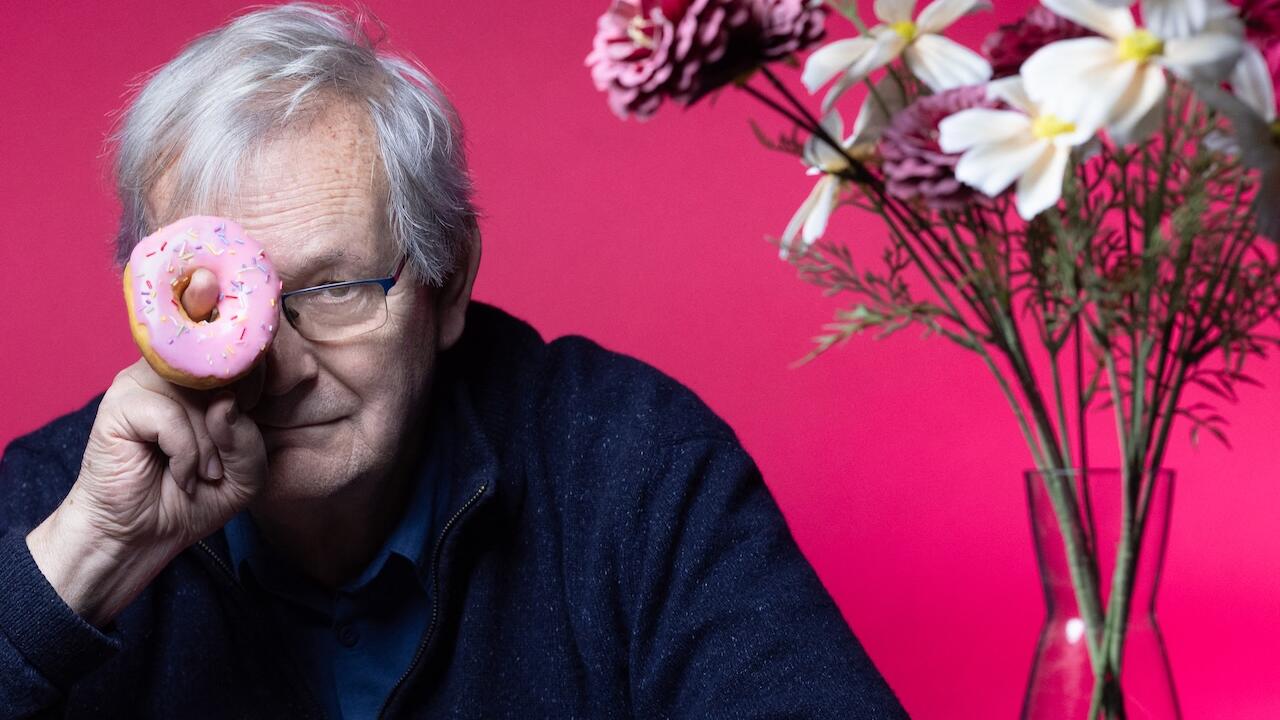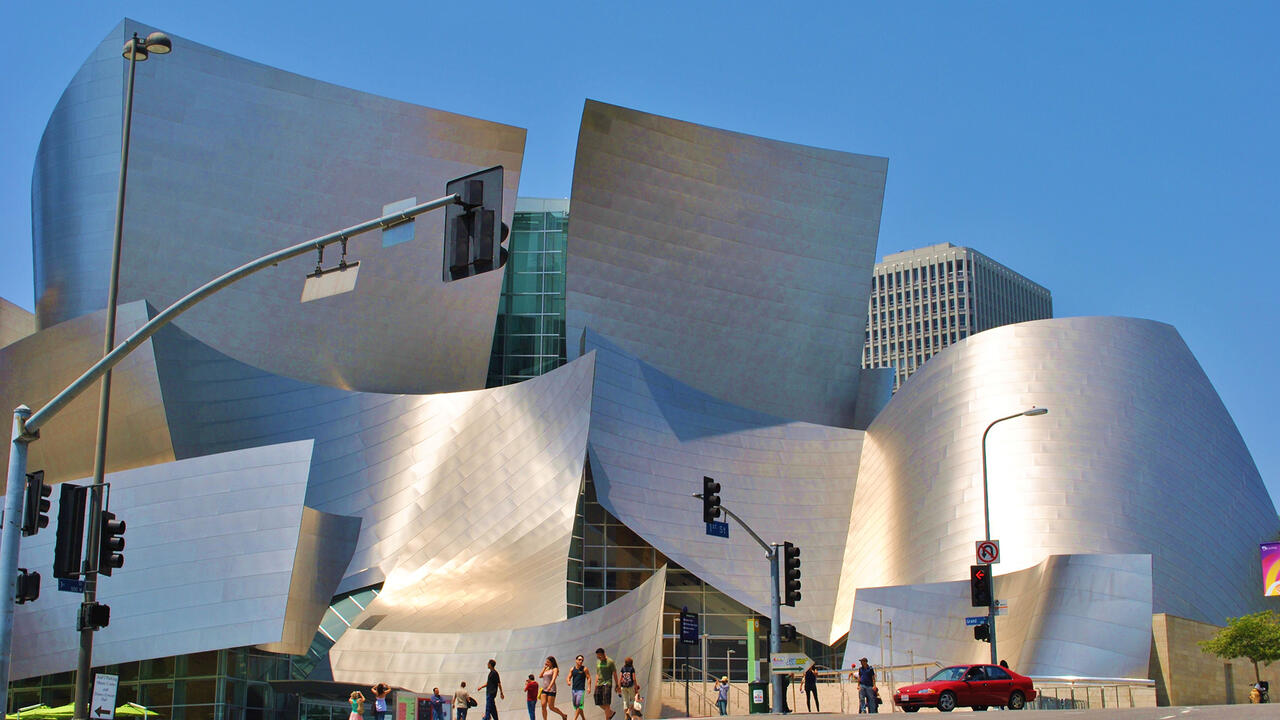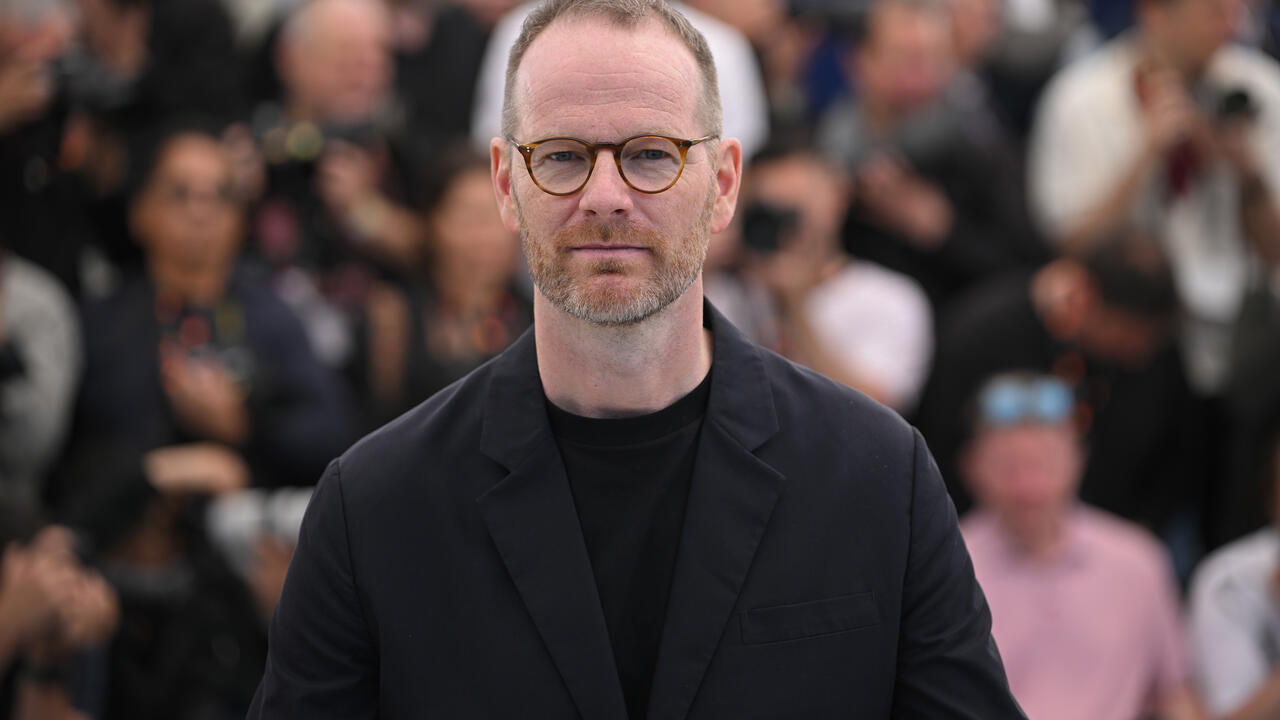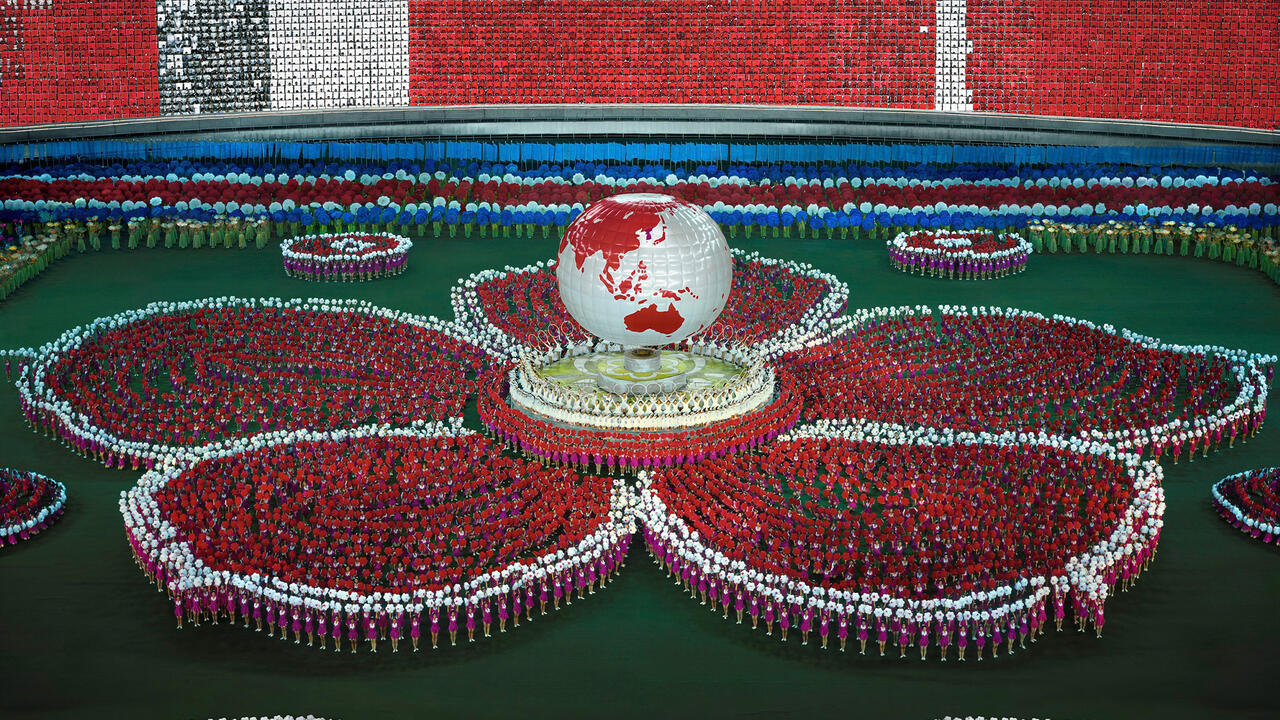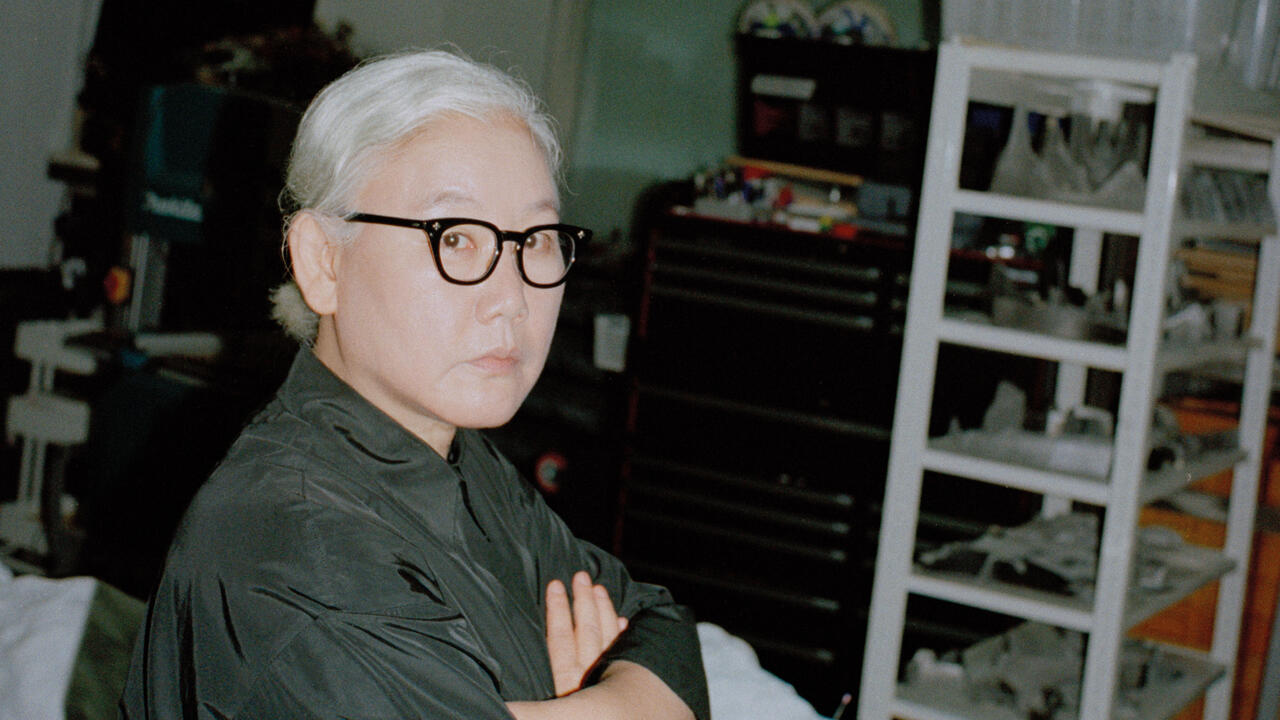Paul Clipson (1965-2018)
‘That moment, that smile’: collaborators of the filmmaker pay tribute to a force in California's film and music scenes and a vital friend and ally
‘That moment, that smile’: collaborators of the filmmaker pay tribute to a force in California's film and music scenes and a vital friend and ally

The San Francisco experimental filmmaker Paul Clipson, who passed away on 3 February at the age of 52, collaborated with scores of noted musicians throughout the world, and was a force for two decades in California's film and music scenes.
'He always had his camera,' says William Basinski. 'He was shooting constantly, and we had the most wonderful talks. He is brilliant. I adored his work the minute I saw it ... You knew he knew what he had just shot and had an idea of how it was going to work in his mind. Of course, with film, you never know if it is going to work out, but he trusted his intuition. It worked out!'

Clipson began his extensive collaborative work with musicians in 2003, with Jefre Cantu-Ledesma, Danny Grody, Tony Cross and Jim Redd in the post-rock outfit Tarantel. 'When Paul did his first collaboration with Tarantel, none of us had seen his work. I was just so enamored with him as a person. I asked him and he said, "Yeah I'll do it, I can do that,"' remembers Cantu-Ledesma.
In 2005 Cantu-Ledesma started the well-respected record label called Root Strata with Maxwell August Croy, which over the years released work by Tarantel, Oneohtrix Point Never, Harold Budd, Grouper, Pete Swanson, Barn Owl, Date Palms, and many others. Clipson became a collaborator and trusted associate of many of the artists on the label.

Clipson's films became so tightly associated with an entire world of ambient and drone-based experimental music that it is now almost impossible to imagine the music being performed without his contributions. Hypnosis Display, his 2014 feature-length collaboration with Liz Harris, also known as Grouper, was one of his best-known works. 'Moments when I doubted my own output I leaned heavy on his absolute faith in work, the certainty of our future work together and all the inspiration and continued transformation I knew that it would bring,' says Harris. 'It fed and changed my process permanently.'
Much of Clipson's material was created and screened for live performances, and the ephemeral connections between the films and music could often be often powerful and palpable. 'Even with my back towards the screen, the warmth and polyrhythmic beating of light within the room would create an almost womb-like space that was so easy to get lost in and be taken over by,' says the musician Joshua Churchill. 'At the end of a performance with Paul, I would often feel like I was coming out of a daze, or waking from a dream, and as the lights would come on it was clear that was true of those who witnessed his work as well.'

Clipson was the chief projectionist at the San Francisco Museum of Modern Art for two decades, and had an astoundingly deep understanding of cinema. (His 287-page illustrated guide to film, published by Land and Sea Art Editions, is indispensable; Clipson went so far as to hand-draw scenes of key films, noting the exact frames where reels needed to be switched.) He channelled his mastery of analogue film techniques into an appealingly improvisatory filmmaking style; most of his work was shot on Super8 or 16mm. 'When I had a chance to watch Paul while he was filming, how he made his films, it felt like a silent dance,' says the musician Tashi Wada. 'It was clearly about the gesture and the rhythm, and this translates directly onto the screen, the image. It was as if Paul was tracing the motion of his eye with light, one shot after another like strokes of a brush.' Clipson complemented extensive shooting and in-camera editing with furiously prolific splicing and editing sessions. 'I have memories of being in a tour van with him in Europe and him splicing film in the tour van every night with his splicer,' says Cantu-Ledesma. New footage would be often overlaid with older footage, in a constant process of adding and subtracting.

Key to Clipson's approach was that he generally avoided literally synchronizing his films to the music. 'The first time I asked him 'What should I know about your film before playing?', he answered that the trick was to not worry about that – it would always go good together,' says Felicia Atkinson. 'I loved that idea – that like two friends, image and sounds can allow each other to be surprised and not plan things in advance.'
Clipson favoured these serendipitous moments, where sound and image surprisingly connected. 'It meant that his works were always in flux, through the relationship between musicians and his films. On occasion they would be at odds with each other only to lock into a sympathetic resonance that neither party could anticipate,' says Jim Haynes.

Particular motifs surfaced and resurfaced in Clipson's work, in almost rhythmic patterns: tree branches and other nature scenes, reflections and light glimmering on water, the grid-like patterns of buildings. These motifs repeated and overlapped, becoming something more abstract. 'Paul's work seemed less about identifying the particular images and more about texture, movement, colour and energy,' says the musician Byron Westbrook. The musician Ben Bracken remembers walking down the street in Los Angeles' Echo Park neighbourhood, stumbling upon Clipson enraptured by a passing reflection. 'I aimlessly wandered down the sidewalk and happened to come across Paul as he filmed reflections of passing car lights in the gutter,' recalls Bracken. 'I remember him standing over a shimmering puddle, immersed in a world that only he could see.'
Clipson's total faith in the material was an inspiration. 'As an artist, my conversations and performances with Paul helped developed a sense of trust in time as material and in my own internal rhythm, letting ideas, tones, and gestures linger and vibrate on their own accord,' says Geneva Skeen. He led several musicians to see their own work in a different light. 'It was at times quite remarkable how he could uncover through his visual medium things that I never would have heard in my own music,' says Sarah Davachi. Lawrence English also felt similarly. 'On the final project we worked on together, Cruel Optimism, Paul extracted a very powerful reading not just of the subject matter that framed the record but of the sounds themselves,' says English. 'It's as if he released something more, hidden in the music through his film.'

The loss of Clipson has left a massive hole in the lives of many artists, filmmakers and musicians, who remember him not only for his work, but as a vital ally and friend. 'There was nothing quite as infectious as the smile on peoples' faces after he screened a film – when the lights would come back on in the venue, audience members' eyes adjusting and scanning the room with dizzy speechless expressions, and finding Paul in the back of the room finishing the take-up reel on the projector with that smile on his face,' says Chuck Johnson.
'That is what I will miss the most – that moment, that smile,' says Gregg Kowalsky. 'Other collaborators of Paul know exactly what I'm talking about; that moment, that smile. His excitement during those magic moments when sound and image become intertwined was palpable.'

Clipson's friends try to find solace in what Evan Caminiti of the group Barn Owl calls the 'Clipson moment.' 'For example, catching the sun's reflection on a big, glassy building, and seeing city lights rippling in a puddle or a river at night now have a different significance,' says Caminiti. 'He's given us this gift, to be able to tap into these beautiful moments, like you're tuning to a new frequency in order to perceive things that were always around you but somehow out of reach.'
In these fleeting moments in everyday life, they see his reflection. 'Paul's eye changed our way of seeing moments, movement, light on water; once seen, afterwards life seems to mimic one of his creations rather than the other way around,' says Harris. 'He has highlighted and altered our absorption of the world, for better. We carry it forward with us. I will see him in the sunlight through the trees and in the patterns on the water, in reflections on the street.'
Main image: Paul Clipson. Courtesy: Steve Polta / San Francisco Cinematheque; photograph: Sylvia Schedelbauer








